LEOPARD LACEWING (CETHOSIA CYANE) ONE OF THE SPECIES CONTAINED IN SOUTHEAST ASIA
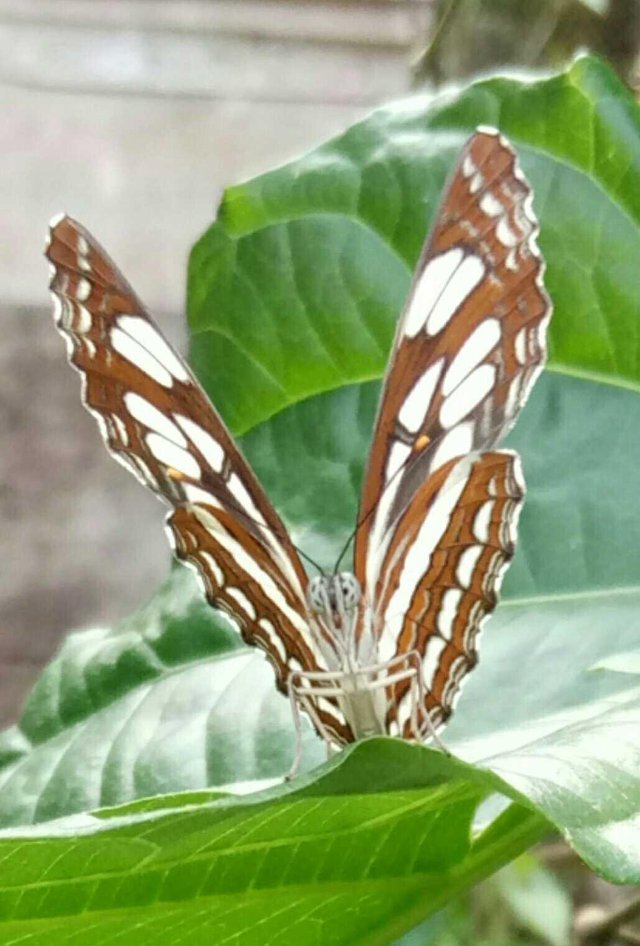 Leopard Lacewing (Cethosia cyane) can be found in Southeast Asia. While in its natural habitat, this butterfly likes to put its egg in its host plant, Passiflora. When the caterpillar hatches, they eat their host plants until they become cocoon or make cocoon. Caterpillars digest chemicals from host plants that help protect them from predators. Leopard Lacewing worms have bars that have red, brown, and yellow body lengths. One of the reasons why male butterflies are brighter is because they are always wandering around looking for a partner so they should be able to attract the attention of a butterfly. Female butterflies tend to move very little until they are mated. Male Leopard Macewing has orange on the inside of its wings. Men also have a brighter color on the outer wing, while women's wings inside and outside look white or yellow and not bright. In 2008, Reiman Gardens had something rare going on.
Leopard Lacewing (Cethosia cyane) can be found in Southeast Asia. While in its natural habitat, this butterfly likes to put its egg in its host plant, Passiflora. When the caterpillar hatches, they eat their host plants until they become cocoon or make cocoon. Caterpillars digest chemicals from host plants that help protect them from predators. Leopard Lacewing worms have bars that have red, brown, and yellow body lengths. One of the reasons why male butterflies are brighter is because they are always wandering around looking for a partner so they should be able to attract the attention of a butterfly. Female butterflies tend to move very little until they are mated. Male Leopard Macewing has orange on the inside of its wings. Men also have a brighter color on the outer wing, while women's wings inside and outside look white or yellow and not bright. In 2008, Reiman Gardens had something rare going on. 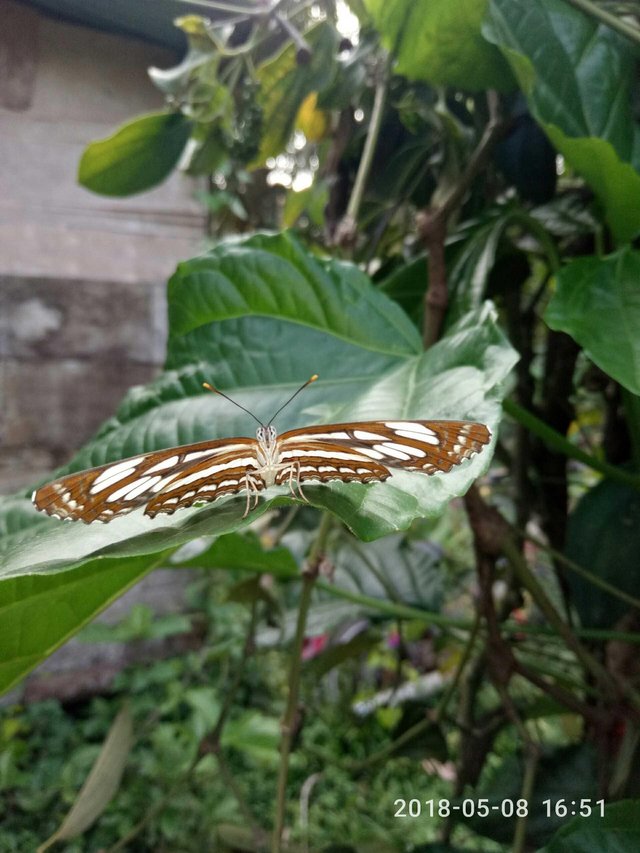 Caterpillars have spikes that protrude from their bodies. After the caterpillars complete the five instar stages (tearing their skin), they will form a cocoon during the fifth instar stage. As soon as Leopard Lacewing emerges, depending on whether the male or female can reach 6-7 ½ cm in wingspan. If you want to see Leopard Lacewing butterflies, they are ordinary butterflies flying in Christina Reiman's butterfly wings. Most butterfly species have similar male and female, but Leopard Lacewing, on the other hand, does not. When male and female butterflies of the same species do not look the same, this is called sexual dimorphism. Sexual dimorphism occurs in some butterfly species.
Caterpillars have spikes that protrude from their bodies. After the caterpillars complete the five instar stages (tearing their skin), they will form a cocoon during the fifth instar stage. As soon as Leopard Lacewing emerges, depending on whether the male or female can reach 6-7 ½ cm in wingspan. If you want to see Leopard Lacewing butterflies, they are ordinary butterflies flying in Christina Reiman's butterfly wings. Most butterfly species have similar male and female, but Leopard Lacewing, on the other hand, does not. When male and female butterflies of the same species do not look the same, this is called sexual dimorphism. Sexual dimorphism occurs in some butterfly species. 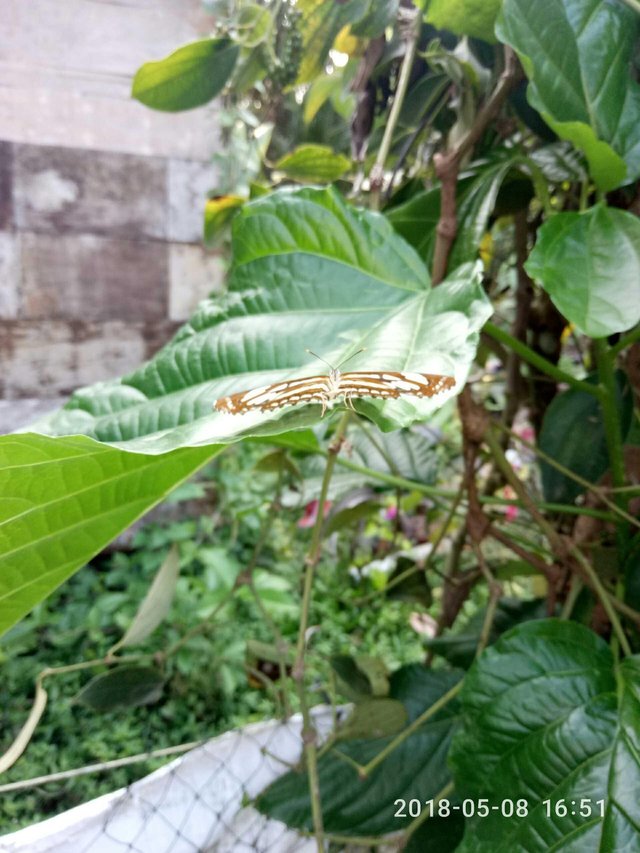 The bottom of the Leopard Lacewing Butterfly is diverse with white, red, light blue, ochraceous and black. Terminal terminals of the two wings are vast black, with white lunules as on top of them. Bottom Leopard Lacewing Butterfly is diverse with white, red, light blue, ochraceous and black. Terminal terminals of both wings are black wide, with white lunules like on top of them.
The bottom of the Leopard Lacewing Butterfly is diverse with white, red, light blue, ochraceous and black. Terminal terminals of the two wings are vast black, with white lunules as on top of them. Bottom Leopard Lacewing Butterfly is diverse with white, red, light blue, ochraceous and black. Terminal terminals of both wings are black wide, with white lunules like on top of them. 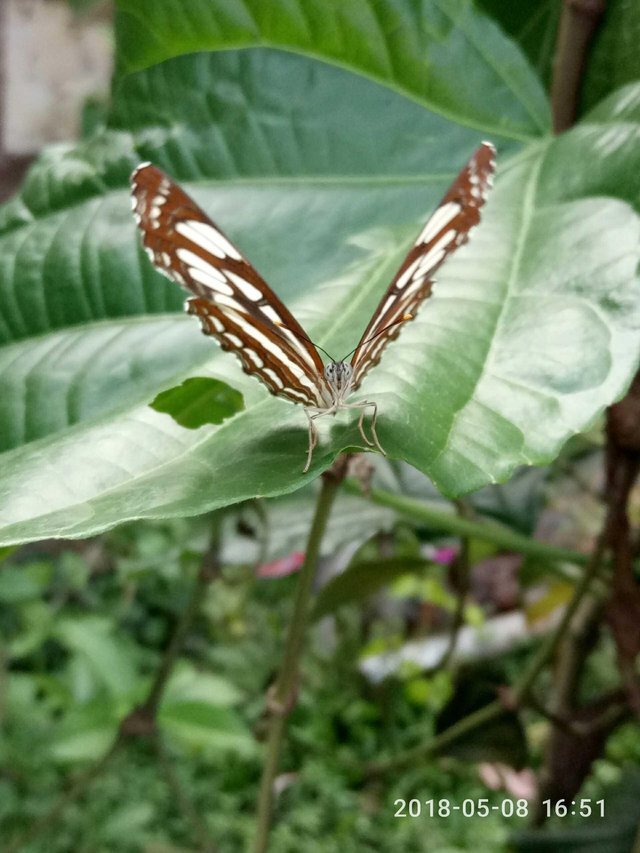 Leopard Leopard female leopard has a sign similar to males, but the color of yellowish soil replaced with a greenish-green color. The upper wing Winging Leopard Lacewing is slightly brownish, and the black number on this wing is larger. Signs at the bottom of the Leopard Lacewing Butterfly females are paleer than males, and the red color on the underside of the Leopard Lacewing Butterfly wing is replaced by a brownish yellow color on the front wing, and the white color on their wing backs. Head, Antenna and thorax of both Leopard Lacewing butterflies are blackish brown and the top of their abdomen is blackish, while the lower part of their abdomen is white. The adult Leopard Lacewing butterfly is able to reach an 80 mm wingspan. The upper part of the Leopard Macewing Butterfly is rich in reddish brown. In their front wings, two-thirds of the anterior and apical are black, waving and uneven. A line divides the cell longitudinally and rotates around the posterior angle. Behind the top of the cell, there is a small white collar bar, wide, tilted, crossed by blood vessels, with black dots on the third and fourth interspaces. There is an obscure line of small spots and terminal sequence of white lunules.
Leopard Leopard female leopard has a sign similar to males, but the color of yellowish soil replaced with a greenish-green color. The upper wing Winging Leopard Lacewing is slightly brownish, and the black number on this wing is larger. Signs at the bottom of the Leopard Lacewing Butterfly females are paleer than males, and the red color on the underside of the Leopard Lacewing Butterfly wing is replaced by a brownish yellow color on the front wing, and the white color on their wing backs. Head, Antenna and thorax of both Leopard Lacewing butterflies are blackish brown and the top of their abdomen is blackish, while the lower part of their abdomen is white. The adult Leopard Lacewing butterfly is able to reach an 80 mm wingspan. The upper part of the Leopard Macewing Butterfly is rich in reddish brown. In their front wings, two-thirds of the anterior and apical are black, waving and uneven. A line divides the cell longitudinally and rotates around the posterior angle. Behind the top of the cell, there is a small white collar bar, wide, tilted, crossed by blood vessels, with black dots on the third and fourth interspaces. There is an obscure line of small spots and terminal sequence of white lunules. 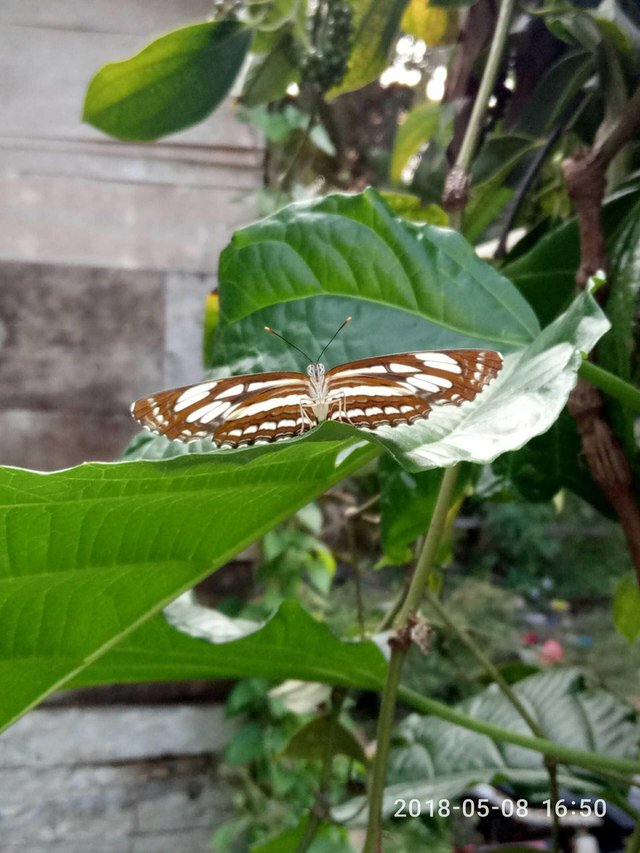
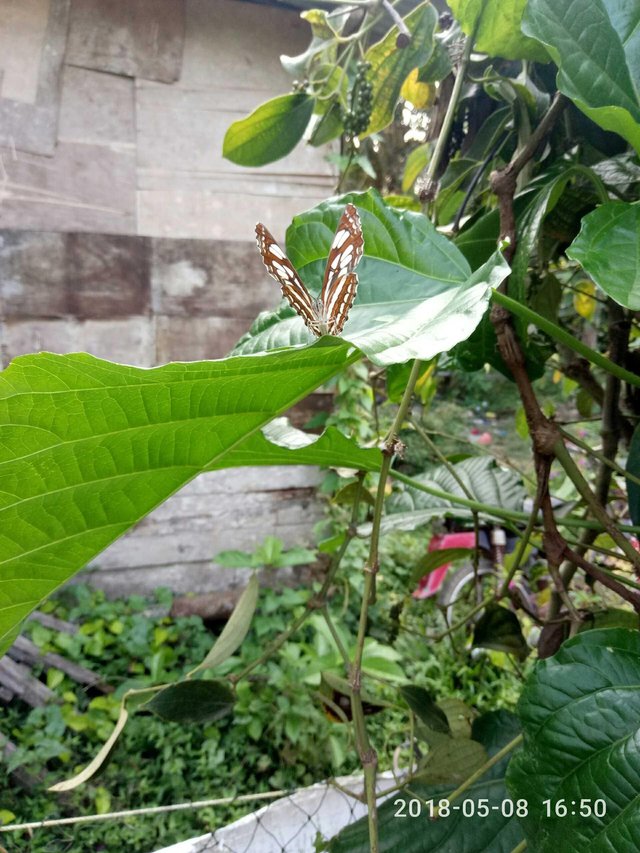 When the caterpillars grow full they will stick to the appropriate leaves or small branches, rather than they will release the outer layers of their skin and the hard skin underneath which is known as the "cocoon" will be their new look
When the caterpillars grow full they will stick to the appropriate leaves or small branches, rather than they will release the outer layers of their skin and the hard skin underneath which is known as the "cocoon" will be their new look
. The adult Leopard Leopard Butterfly will come out. from the "cocoon" from waiting for several hours to wings dry and fill with blood, before taking the first flight.
Leopard Lacewing Butterfly can see yellow, green, and red. An average lifespan of adult Leopard Lacewing is from one week to one year
. Leopard Lacewing Butterfly's highest flying speed is 12 miles per hour and some moths can fly up to 25 miles per hour.
Leopard Lacewing Butterfly is cold-blooded, which means the body temperature is not self-regulated. Leopard Lacewing Butterfly can not fly or eat if its body temperature is below 82 degrees fah (28 cel). Leopard Lacewing Butterfly often bask in the sun with their wings open to get hot and from the veins on the wings bringing heat to the body.
Leopard Lacewing Butterfly has sensory organs, in the legs or tarsi, to taste
. This estimate is between 15,000 and 20,000 different species of Leopard Lacewing.Leopard Lacewing Butterfly has a small body, consisting of three parts - head, abdomen and chest. Leopard Lacewing has two large eyes, composed of many small parts called "compound eyes".
Leopard Lacewing Butterfly has two antennas at the top of their head, which they use to kiss, hear and feel. Leopard Lacewing's mouth is a long tube of "proboscis" - a long narrow tube in their mouth that looks like straw when finished eating, it rolls up the tube back. The life cycle of Leopard Lacewing Butterfly comes in four stages, eggs, "caterpillar larvae," cocoons "cocoons "and an adult Butterfly.
Leopard Lacewing Butterfly will attach its egg to the leaves with a special glue.
Leopard Lacewing Butterfly is an insect. Leopard Lacewing Butterfly is an herbivore; That is, as a caterpillar, the first food is its own egg shell and will eat the leaves of plants that ditetaskannya. When he becomes Leopard Lacewing Butterfly, he will eat a lot of nectar from flowers, rotting fruits and water with "proboscis" - a long narrow tube in their mouth that looks like a straw. 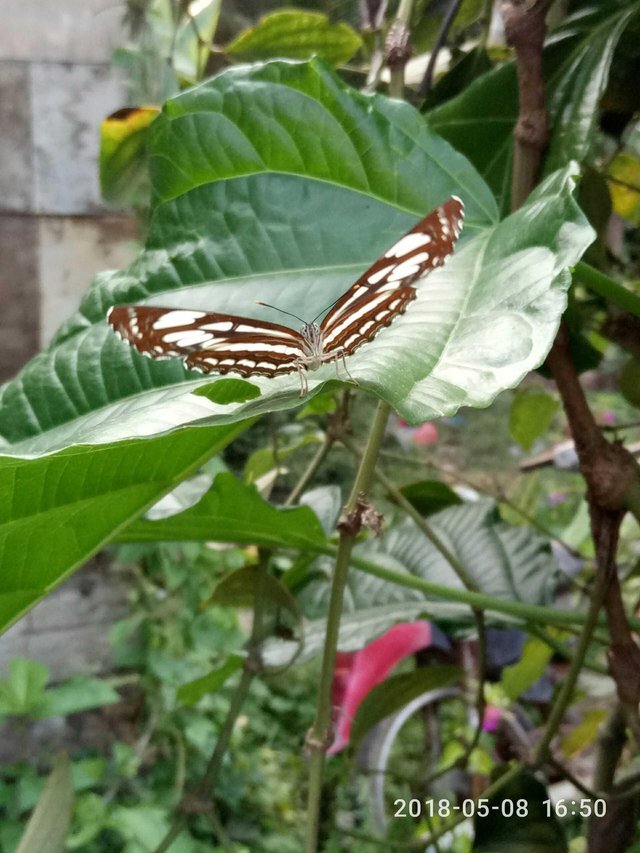
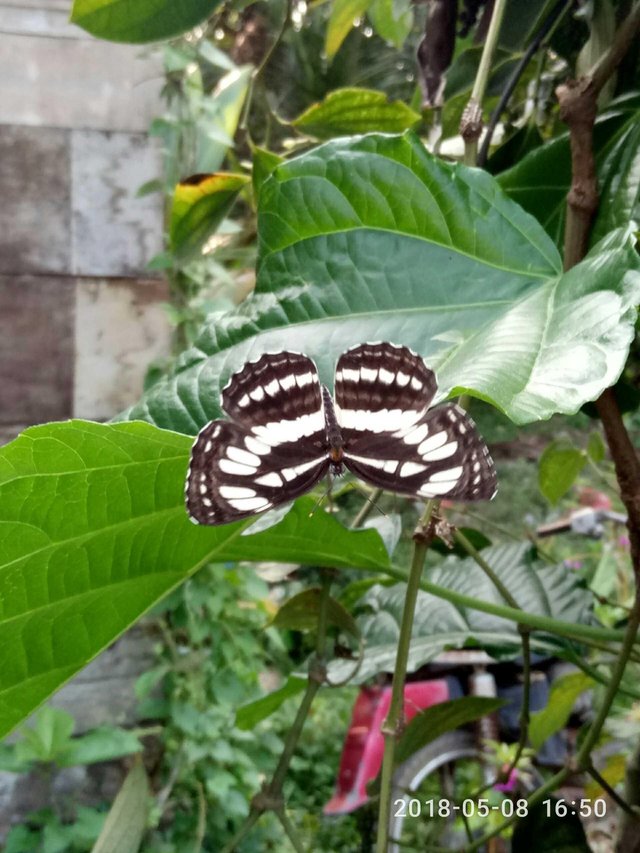 Leopard Lacewing Butterfly has three pairs of legs and their feet have small claws that help them stand on flowers. Leopard Lacewing Butterfly Wings consist of hard tubes covered with thin tissue. Leopard Lacewing Butterfly Wings covered with dusty fine scales. Leopard Lacewing Butterfly has four brightly colored wings with a distinctive pattern consisting of small scales. The bright pattern scales sometimes have a hidden ultraviolet pattern to attract mates. Bright colors are also used as camouflage to hide or frighten predictors. Facts about Leopard Lacewing Butterfly, "The scientific name for Leopard Lacewing Butterfly is Cethosia cyane". Leopard Lacewing is a type of heliconic butterfly that belongs to the genus Cethosia of the Nymphalidae family. Leopard Lacewing Butterfly comes from India, China, and Indochina. Leopard Lacewing Butterfly adopts host plants because they spread rapidly in abandoned land. In prisoners, they were also raised productively in other factories in the same family. This is the reason for Leopard Lacewing Butterfly sightings in some nature reserve areas. As a result, adult larvae and butterflies display different warning colors that advertise their unpleasant nature to potential predators. When handled, they often emit harmful odors resulting from undigested organic compounds. Leopard Lacewing was first seen and recorded in late 2005 in Singapore, ranging from India, across Southeast Asia, and south to Papua New Guinea. This enchanting butterfly shows strong sexual dimorphism. Women have a wing pattern with a gray background or white, while the upper surface of the male is bright orange. Both sexes are sprinkled with dark blue spots and a layer of blood vessels.
Leopard Lacewing Butterfly has three pairs of legs and their feet have small claws that help them stand on flowers. Leopard Lacewing Butterfly Wings consist of hard tubes covered with thin tissue. Leopard Lacewing Butterfly Wings covered with dusty fine scales. Leopard Lacewing Butterfly has four brightly colored wings with a distinctive pattern consisting of small scales. The bright pattern scales sometimes have a hidden ultraviolet pattern to attract mates. Bright colors are also used as camouflage to hide or frighten predictors. Facts about Leopard Lacewing Butterfly, "The scientific name for Leopard Lacewing Butterfly is Cethosia cyane". Leopard Lacewing is a type of heliconic butterfly that belongs to the genus Cethosia of the Nymphalidae family. Leopard Lacewing Butterfly comes from India, China, and Indochina. Leopard Lacewing Butterfly adopts host plants because they spread rapidly in abandoned land. In prisoners, they were also raised productively in other factories in the same family. This is the reason for Leopard Lacewing Butterfly sightings in some nature reserve areas. As a result, adult larvae and butterflies display different warning colors that advertise their unpleasant nature to potential predators. When handled, they often emit harmful odors resulting from undigested organic compounds. Leopard Lacewing was first seen and recorded in late 2005 in Singapore, ranging from India, across Southeast Asia, and south to Papua New Guinea. This enchanting butterfly shows strong sexual dimorphism. Women have a wing pattern with a gray background or white, while the upper surface of the male is bright orange. Both sexes are sprinkled with dark blue spots and a layer of blood vessels.
Excellent article. I learned a lot of interesting and cognitive. I'm screwed up with you, I'll be glad to reciprocal subscription))
thanks for supporting me ,,, my article is just ordinary
Hello asr13l!
Congratulations! This post has been randomly Resteemed! For a chance to get more of your content resteemed join the Steem Engine Team
Hi! I am a robot. I just upvoted you! I found similar content that readers might be interested in:
http://knowledgebase.lookseek.com/Leopard-Lacewing-Cethosia-cyane.html
nice post
a very beautiful butterfly
Congratulations! This post has been upvoted from the communal account, @minnowsupport, by asr13l from the Minnow Support Project. It's a witness project run by aggroed, ausbitbank, teamsteem, theprophet0, someguy123, neoxian, followbtcnews, and netuoso. The goal is to help Steemit grow by supporting Minnows. Please find us at the Peace, Abundance, and Liberty Network (PALnet) Discord Channel. It's a completely public and open space to all members of the Steemit community who voluntarily choose to be there.
If you would like to delegate to the Minnow Support Project you can do so by clicking on the following links: 50SP, 100SP, 250SP, 500SP, 1000SP, 5000SP.
Be sure to leave at least 50SP undelegated on your account.
It is during our darkest moments that we must focus to see the light
I don;t want the world to see me.. I don't think they would understand.